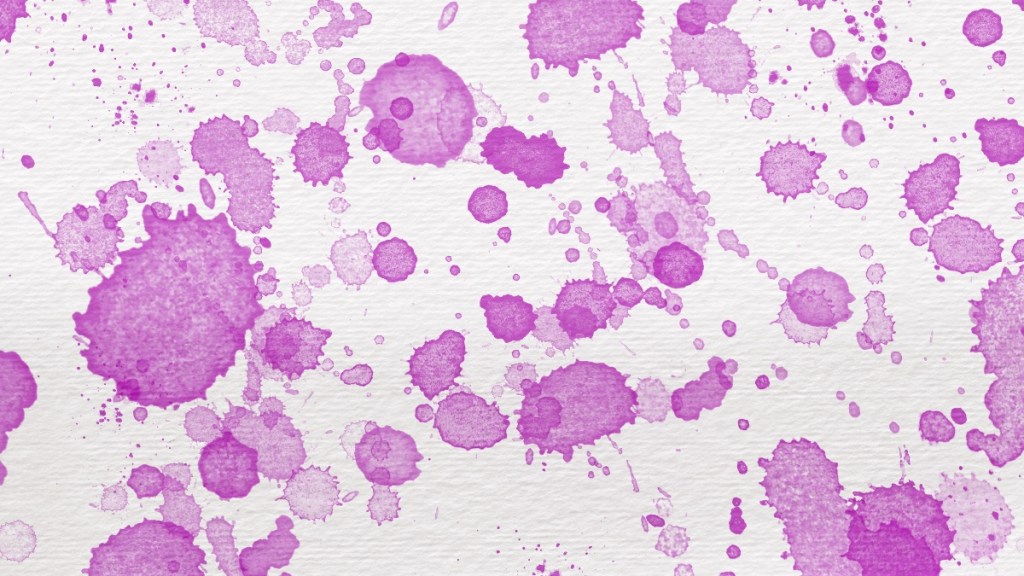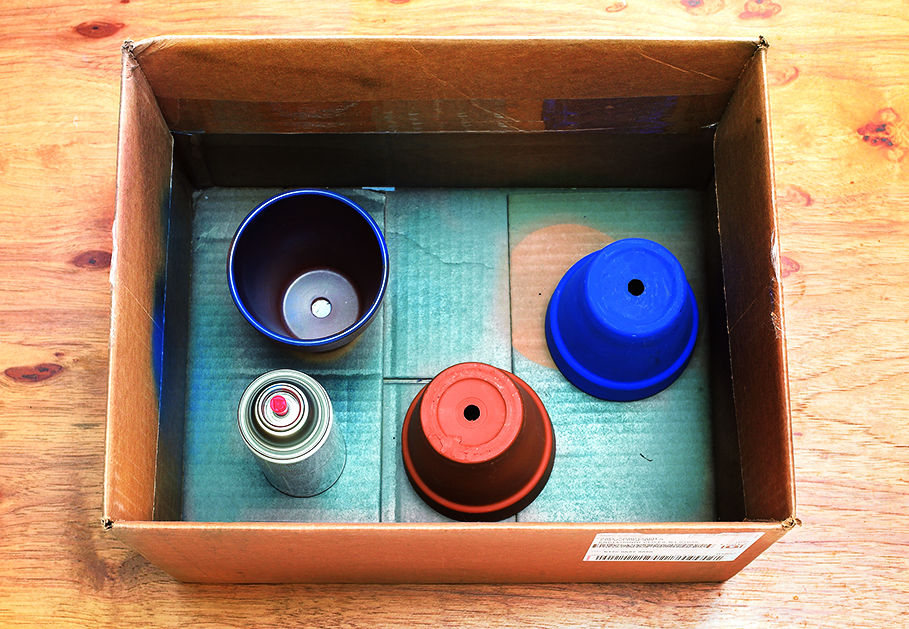How to Get Spray Paint Out of Clothes — Genius WD-40 Trick Makes It So Easy
Plus the 3 things you never want to use

You had so much fun renewing the look of your old plant pots with spray paint. The downside? When you realize the spray paint ended up on your clothing too. No need to toss that much-loved tee shirt or pair of jeans because we asked cleaning and laundry experts just how to get spray paint out of clothes — and their answers will surprise you! Even better news? These tricks work to get regular paint off your cloths as well. Keep scrolling to find out how.
How to get spray paint out of clothes : Check *this* first

When you end up with spray paint on your shirt, you may want to act quickly to avoid a stain. But it’s important to consider the type of paint you’re working with (oil- or water-based) to ensure proper stain removal. “Acting too hastily can lead to deeper stain setting into the fabric, making removal even harder,” says Jonathon Reckles, with dry cleaning service company CD One Price Cleaners. To avoid an issue: Simply check the can to know what type of paint you’re working with. If the cleaning instructions mention paint thinner or mineral spirits, you’re working with oil paint. If it says acrylic, treat it as water-based. For the proper way to remove both types of paint, keep reading below.
How to get oil-based spray paint out of clothes
Oil-based paint is most commonly used in high-traffic areas since it holds up better. The smell of oil-based paint can be overpowering for some people, and the clean-up requires more effort than water-based.
To start, you need to choose a solvent, and when it comes to oil-based paint, water won’t do. “Instead of water, you’ll need a paint solvent such as turpentine, which is usually used in the removal of oil paint from canvases and other surfaces,” says Matt Connelly, CEO and founder of dry cleaning service Ihateironing. (Note: Since the smell from turpentine is strong, you may want to do your cleaning outside or in a well-ventilated area.)
Prefer a cleanser that isn’t as harsh? There are some more common items that may do the trick. “You can use Goo Gone, which can help dissolve tough stains, or Shout, a commercial stain remover,” shares Maria Zarate, a cleaning pro at BetterCleans. “Another reliable option is to spray a little WD-40 on the stain, wait a bit, and then gently dab at it with a clean cloth. This helps soften the paint, making it easier to remove.”
The pros do recommend testing your solvent in an inconspicuous spot on the fabric first to ensure no further harm occurs to the item before you fully treat the stain. Once you’re certain it won’t cause damage, you can start the cleaning process:
“Start by scraping away excess paint using a blunt knife or spoon,” advises Reckles. “Then use your solvent on a clean cloth to dab any remaining stain spots.” Avoid vigorously rubbing the paint stain, says Reckles, which may spread the paint further, increasing the affected area size further. If the stain is old, Reckles says, “you may require multiple applications of solvent before fully eliminating it.” It’s best to keep trying a few times before you assume you garment is a loss. Finally, wash the garment in the hottest water possible using a good-quality laundry detergent.
How to get acrylic or water-based spray paint

The good news? “Watercolors and acrylics are easier to remove from clothes than oil-based paints,” say Connelly. If you catch the paint while it’s still wet, it’s best to act fast. “Simply rinse the clothing with cold water to remove any excess on your fabric,” explains Connelly. Next, pre-treat the stain with a mixture made up equal parts laundry detergent and water.
“Finally, let the mixture sit on your garment for an hour, before laundering as usual based on your fabric’s care label,” adds Connelly. This will give the detergent time to break down the stain so it can be washed away during the cycle.
What if while doing laundry you notice a spot of dried-on paint on your garment that you missed while working on a DIY project? “Dried paint may be challenging but still manageable when dealing with fabric-based, water-based paints,” explains Reckles. He recommends gently scraping away the dried spots with a knife, then submerging the stain in warm water mixed with detergent. After one hour, use a soft brush to brush off any loose paint and rinse the item one more time. Repeat as needed.
What *not* to use to remove spray paint from clothes
Regardless of what type of paint you’re dealing with, there are a few common items you’ll want to steer clear of as they can often make a stain even worse.
- Bleach: “It can be too harsh on delicate fabrics like colored denim and may lead to discoloration or fabric weakening,” explains Reckles.
- Acetone or nail polish remover: This contains harsh chemicals that could harm synthetic textiles.
- Hot water: “It can actually help certain kinds of paint set more deeply in fabric surfaces, particularly water-based paint types,” Reckles adds.
The trick to avoid future spray paint stains
Spray paint is great for quick projects, but naturally it can be a bit messier than a traditional can or bottle of paint and a brush. While there’s no guarantee you’ll completely avoid getting it on your clothes, you can cut down on clean-up with this trick: Set the item or items you need to coat inside a large paper bag or box. Then spray inside. Once your treasure is dry, you can simply toss the bag or box.

For more paint-removal tips, keep reading!
Professional Painters Reveal the Best Ways to Clean Paint Rollers
Dermatologist: Why You Should Never Scrub Paint Off Your Skin and What To Do Instead


















